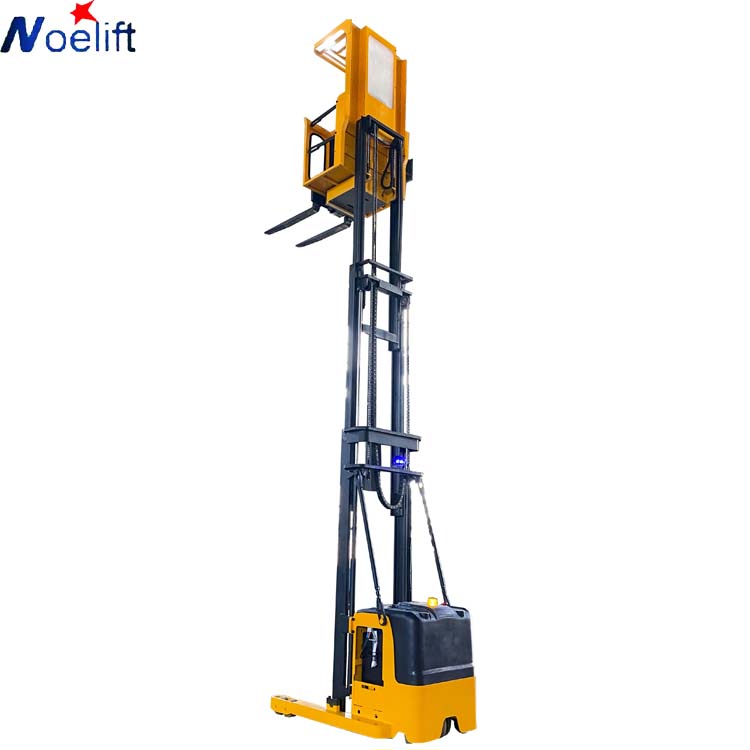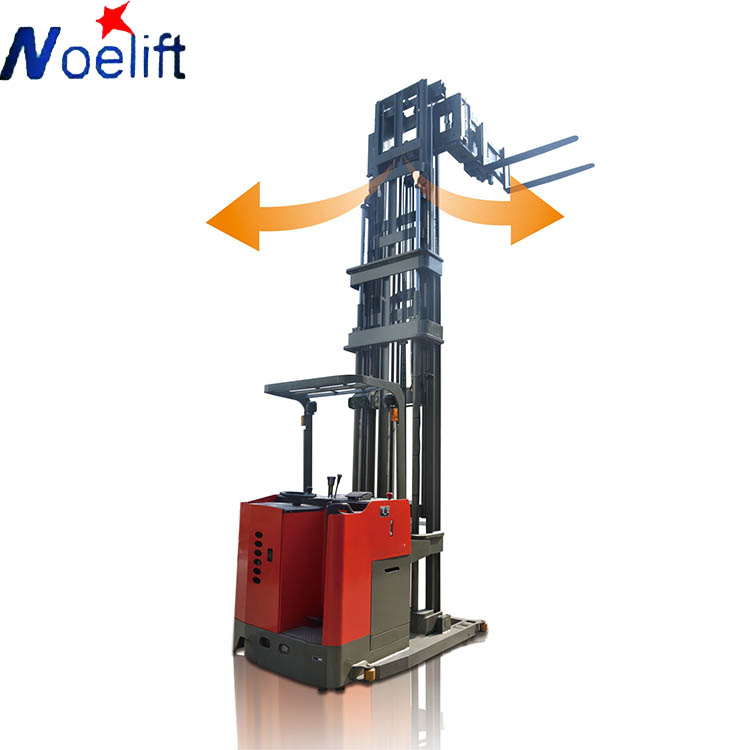Views: 10 Author: Site Editor Publish Time: 2025-05-29 Origin: Site
Daily maintenance of forklifts is the most common process in forklift maintenance. Forklift maintenance is divided into four categories, namely daily maintenance, primary maintenance, secondary maintenance, and tertiary maintenance. Daily maintenance must be carried out every day, usually after every 50 working hours, primary maintenance is carried out after every 200 working hours, and tertiary maintenance is carried out after every 600 working hours.
In order to make the daily operation of the forklift normal and reliable, it is necessary to adhere to the principle of prevention first to institutionalize, standardize, and scientificize the maintenance of the forklift. Therefore, the equipment management personnel must formulate regulations for forklift maintenance to perform necessary maintenance work on the forklift at regular intervals to improve the efficiency of the forklift. The specific maintenance regulations can be referred to as follows:

Forklift maintenance is divided into four categories, namely daily maintenance, primary maintenance, and secondary maintenance
1. Daily maintenance, after each shift.
2. Primary technical maintenance, after the engine has accumulated 150 hours of operation, the internal combustion forklift with less than 150 hours of working time per year shall undergo primary maintenance once a year.
3. Secondary technical maintenance: after the engine has been running for 450 hours, internal combustion forklifts with working hours less than 450 hours every three years shall be subject to secondary maintenance every three years.

2. Daily maintenance
1. Clean the dirt, mud and dirt on the forklift, with the key parts being: fork frame and mast slideway, generator and starter, battery electrode fork column, water tank, and air filter.
2. Check the fastening of each part, with the key parts being: fork frame support, lifting chain tightening screws, wheel screws, wheel fixing pins, brakes, and steering screws.
3. Check the reliability and flexibility of the steering gear.
4. Check for leakage, with the key parts being: pipe joints, diesel tank, engine oil tank, brake pump, lifting cylinder, tilting cylinder, water tank, water pump, engine oil pan, torque converter, transmission, drive axle, main reducer, hydraulic steering gear, and steering cylinder.
5. Tire pressure check: if insufficient, add to the specified value to confirm that there is no leakage. Check whether the tire contact surface and side are damaged, and whether the rim is deformed.

6. Check the brake fluid and water volume: Check whether the brake fluid is within the scale range, and check whether there is air mixed in the brake line. When adding brake fluid, prevent dust and water from mixing. When adding water to the forklift water tank, use clean tap water. If antifreeze is used, add the same antifreeze. When the water temperature is higher than 70℃, do not open the water tank cap. When opening the cap, put a thin cloth under it, and do not twist the water tank cap with gloves.
7. Check the engine oil volume, hydraulic oil, and electrolyte: first pull out the oil dipstick, wipe the dipstick head, insert it, and then pull it out to check whether the oil level is between the two scale lines. The oil level in the working oil tank should be between the two scale lines; if there is too little oil, air will be mixed in the pipeline, and if there is too much oil, it will overflow from the cover. The battery electrolyte should also be between the upper and lower scale lines. If it is insufficient, add distilled water to the top line.
8. Check the brake pedal, inching pedal, clutch pedal, and handbrake: Depress each pedal to check if there is any abnormal sluggishness or jamming. The force of the handbrake handle should be less than 300N to confirm that the handbrake is safe and reliable.
9. Check the belt, horn, lights, instruments, etc.: Check whether the belt tightness meets the regulations. If there is no adjustment margin or it is damaged or cracked, it must be replaced; the horn, lights, and instruments should all be normal and effective.
10. Remove the oil filter sediment.






